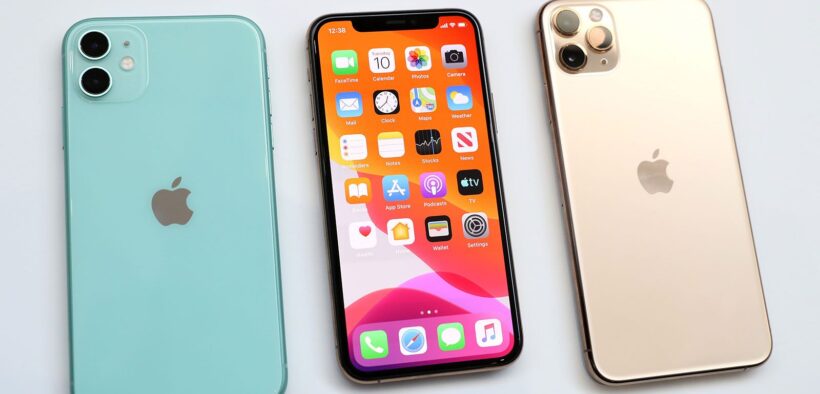Prevent Your Kids From Purchasing Apps on Your iPhone or iPad
Share

The iTunes and App Store have been developed using Apple to allow customers to download music, movies, apps, and other gadgets. Purchasing items to download is straightforward and handy—so smooth that lively little palms can unknowingly pile up costs on your account.
Your Apple ID and Password are required to buy gadgets from iTunes or the App Store. When setting up your device, your Apple ID is robotically stored within the Settings app. You can locate the Apple ID by opening the Settings app and choosing iTunes and App Stores.
When you buy an object from iTunes or the App Store, a display screen will appear to solicit your Password. Entering your Password authorizes the purchase, and the object is downloaded to your tool.
You can do some simple things to keep your children from purchasing objects.

Be Careful With Your Password
This may additionally sound like a simple thing, but we run into the scenario wherein we’re busy – a toddler wishes an app – and we, without a doubt, give them the Password. While that solves the instant hassle, the kids will likely consider the Password for Destiny purchases.
Even if you are careful and do not give out your Password, your toddler could make additional purchases immediately after your initial buy. The default way to order the iPhone (and iPad) is to ask for a password while trying to make a purchase. However, subsequent purchases within 15 minutes of the authentic purchase do not require a password to be entered. While this is a handy feature if you want to make a few purchases, it can also allow a time frame for a few sudden purchases.
You could alternate the defaults to solve this difficulty, so a password is needed for each buy.
Open the Settings App, choose General, then pick out Restrictions.
At the pinnacle of the display, pick out the button labeled Enable Restrictions and input a four-digit password while induced. Use a unique password that is not easy for your children to wager. Don’t use something like 1234. After getting into the four-digit code, you will be asked to go into it once more to verify.
Under the segment titled Allowed Content, choose to Require Password.
In the following display screen, alternate the putting from 15 Minutes to Immediately. This would require a password to be entered earlier than every purchase.
Additional Restrictions
While you are still inside the Restrictions settings, there are a few alternatives to defend against unwanted purchases. You can prohibit App setting up by toggling the Installing Apps option to OFF. This will dispose of the App Store icon from the Home screen. Additionally, setting iTunes to OFF will eliminate the iTunes app from the device, thereby preventing the purchase of music, films, or whatever else from iTunes. The App Store and iTunes apps will reappear when the settings are switched to ON again.
Even with the option to turn off app installation, making in-app purchases is still viable. In-app purchases in many video games allow consumers to buy credits or new stages. Often, little youngsters make in-app purchases without even understanding what they do. In-app purchases can be turned off by toggling the In-App Purchases slider to OFF.
The Restriction settings incorporate many other options for controlling what kids can do using your tool. Take some time to glance through the alternatives. There will probably be different stuff you need to disable earlier than turning your device over to your children. When you eventually get your device lower back and want to make a purchase, turn off Restrictions via selecting Disable Restrictions and getting into your Password.
While proscribing purchases can be a little inconvenient, it genuinely isn’t always that tough, and it sure beats paying for a gaggle of undesirable apps that your four-year-old inadvertently downloaded.








